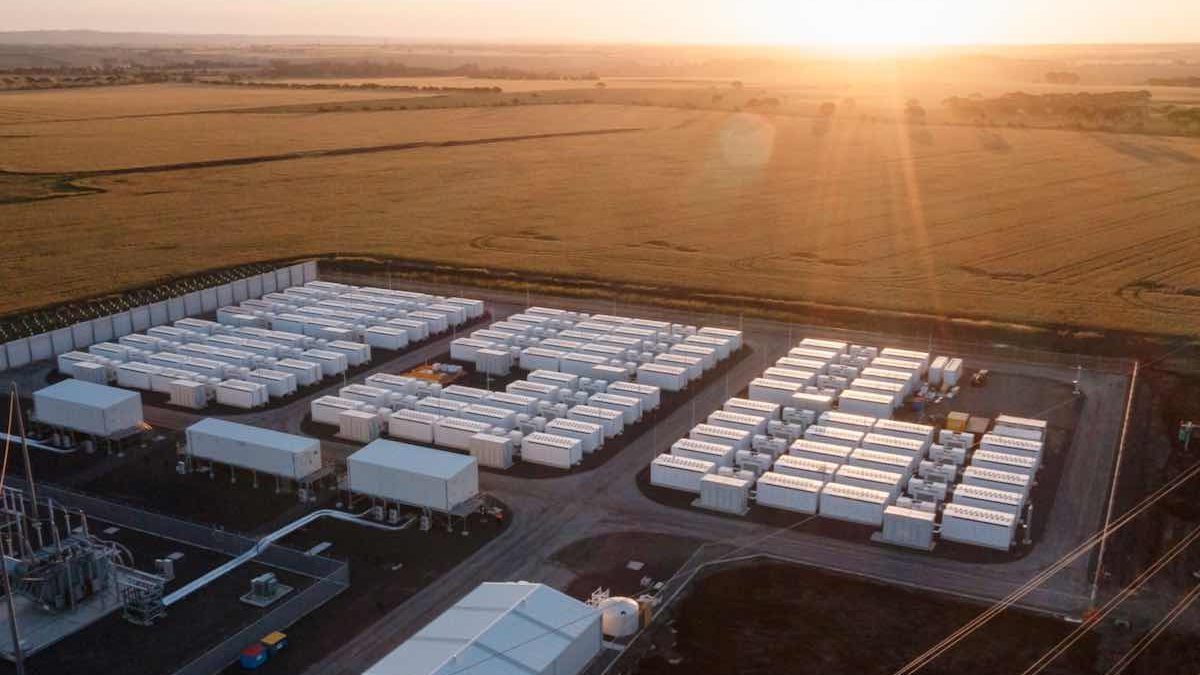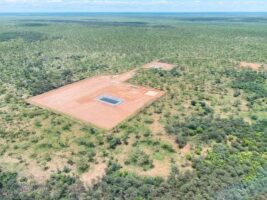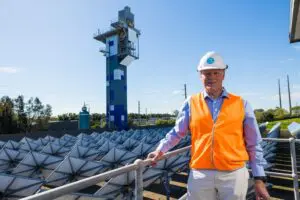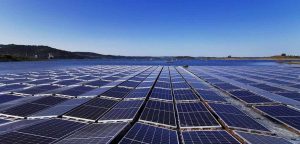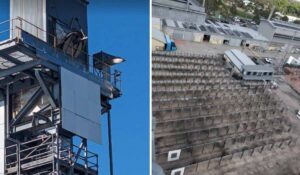Advanced inverter technologies have taken centre stage in a detailed roadmap put together by the CSIRO and the Australian Energy Market Operator that plots a path to a zero emissions grid and a 100 per cent renewable electricity supply.
“The pace and scale of this transition is extraordinary,” said AEMO’s head of operations Michael Gatt. “It demands new approaches to power system operations including tools, technologies, process and platforms, which complement network planning, and market and regulatory reforms.”
Chief among these are advanced inverters, also known as “grid forming inverters”, which have the potential to provide many, if not all, the grid services currently the province of spinning fossil fuel generators.
Other key technologies identified are managing distributed energy resources (mostly about rooftop solar, which is seen as a uniquely Australian challenge), along with stability tools and methods, and designing control rooms of the future.
“Australia is investing in renewable energy at a faster rate per capita than any other country?” Gatt said in a statement accompanying the launch of the roadmap, which is part of the work of the Global Power System Transformation (G-PST) Consortium.
“As Australia’s energy market operator, we’ve seen average renewable energy contribution increase to approximately 40 per cent of total or underlying demand, along with five-minute interval peaks above 60 per cent.
“In addition, consumer rooftop solar PV is pushing grid-scale generation out of the market under certain day-time conditions, setting minimum operational demand records across the country.”
AEMO has forecast that renewables could account for 100 per cent of grid demand at certain times as early as 2025, and could become a regular occurrence from then.
But its own planning document, the Integrated System Plan, models the exit of coal in the early to mid 2030s, and a grid that operates close to 100 per cent renewables for most of the year. That requires not just new technologies, but a different way of thinking about its operations.
“The cost of renewable energy is no longer the challenge – integrating renewable energy securely and efficiently into our electricity systems, and ensuring we have the right operational tools and capabilities in place, is what we need to solve,” said CSIRO’s Energy Systems research director Dr John Ward
“Australia has some of the world’s highest levels of rooftop solar, which means this integration challenge extends throughout our electricity system – from the largest generators through to efficiently integrating ‘distributed energy resources’ (such as solar and electric vehicles) into our homes and businesses.”
On inverters, the roadmap notes that the NEM, or National Electricity Market, is in a rapid transition as the majority of synchronous generators are displaced by inverter-based resources (IBRs) over the next two decades.
Most inverters in the NEM today are grid-following inverters (GFLIs) that rely on other grid resources to set voltage and frequency. But grid-forming inverters (GFMIs) are necessary to achieve a secure, stable, reliable, IBR-dominated grid.
“Such inverters are already being installed in several locations in the NEM, and it is expected their share will only increase in years to come. Development of these methods requires exploration of control strategies, protection schemes and modelling approaches for IBR-dominated grids.”
AEMO has supported a new $100 million fund led by the Australian Renewable Energy Agency that seeks to support the rollout of grid forming inverters on a bid scale, to test the true abilities of the technology.
Many new batteries, such as Wallgrove and Broken Hill batteries in NSW, feature this technology, and it has also been tested by the Dalrymple and Hornsdale big batteries in South Australia, among others.
Another key focus of the roadmap is how to redesign and reconfigure control rooms, which are the heart of the grid’s operations, but which have changed little since the 1950s, despite the change in technologies.
“Though the system, and tools to monitor and control it, has evolved in recent decades, the traditional approach to control room design has endured, until recently,” it notes.
“The control rooms of 2021 look like the control rooms of 1980 and – only replacing the videowall for a mimic panel – todays control centers are ostensibly like the control centers of the 1950s or earlier.”
It says that in systems with high renewables penetrations (such as Australia), the monitoring and control technology and tools in the control room are sometimes not adequate for assessing and addressing the risks that are posed to the system.
“While there are some existing solutions available, much more research is required to be carried out to help bring new data, tools, and processes into the real time control center environment.”

